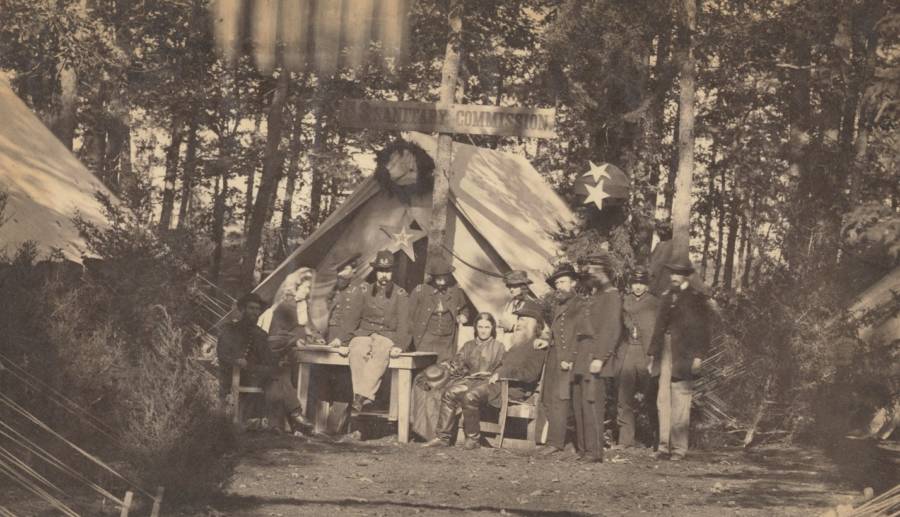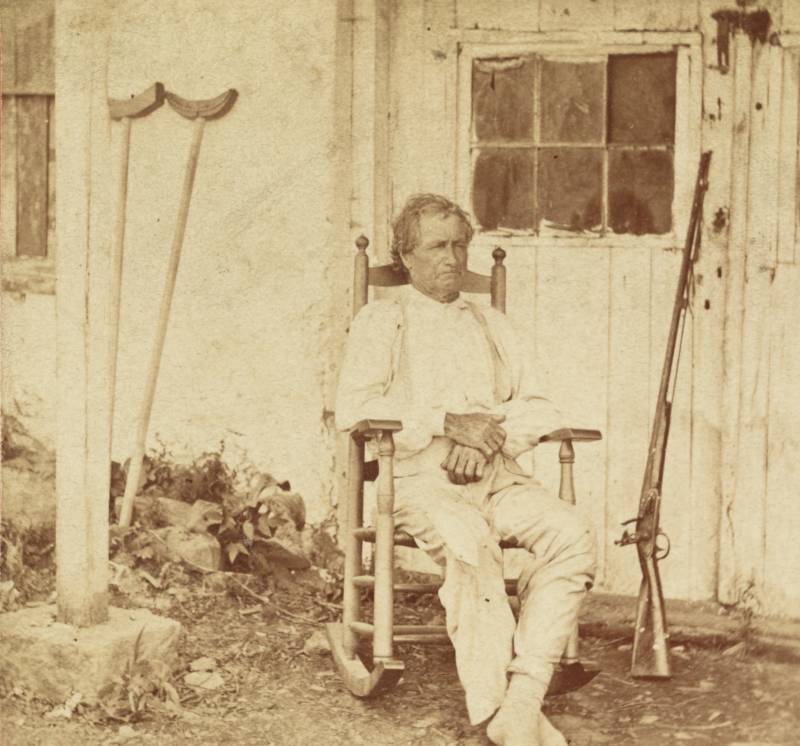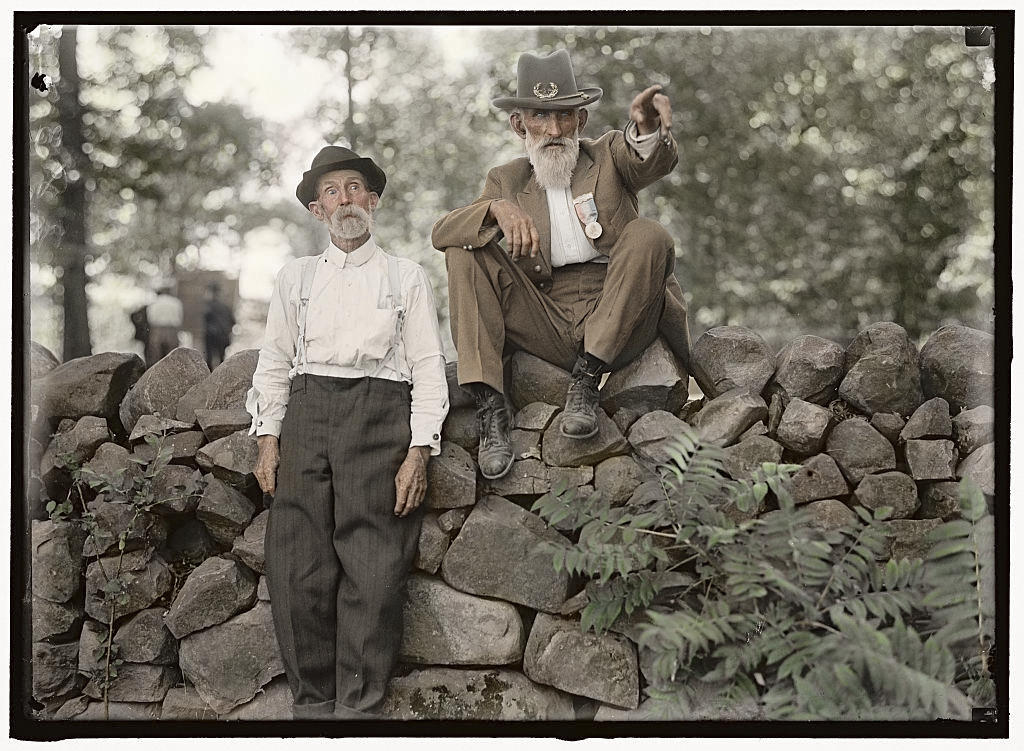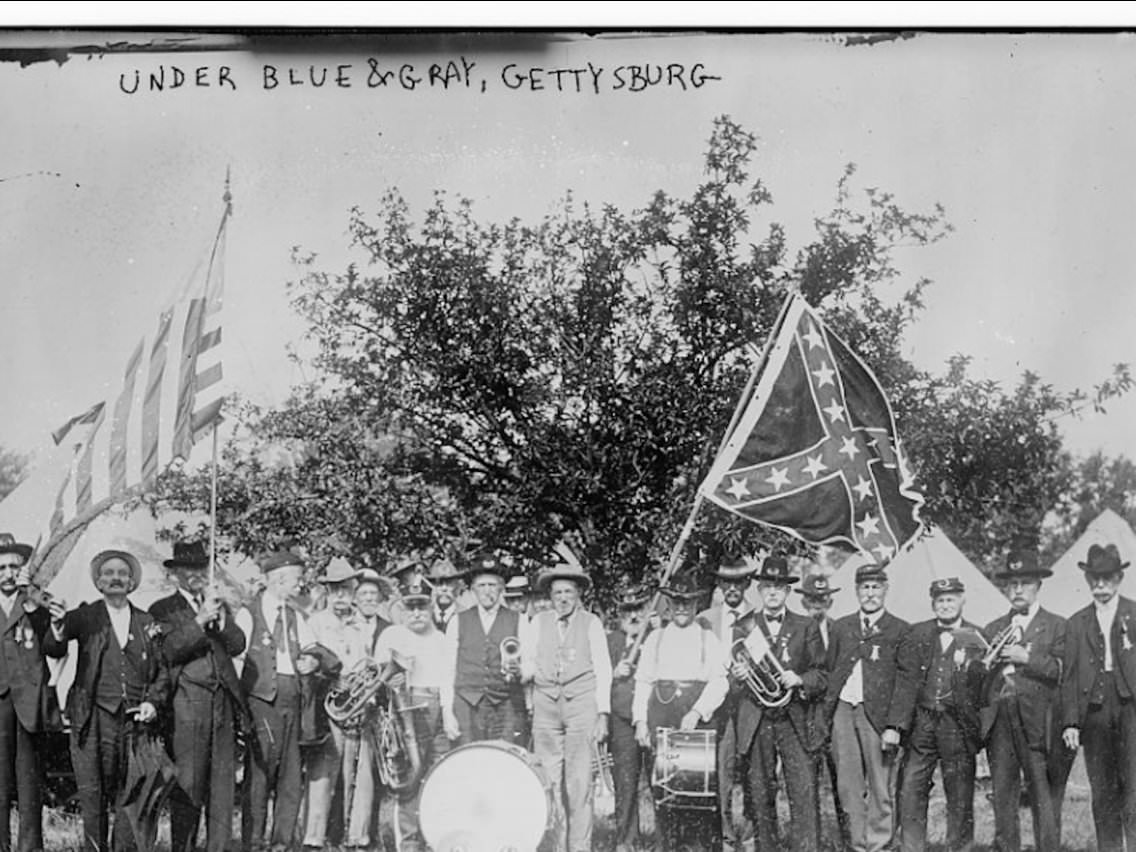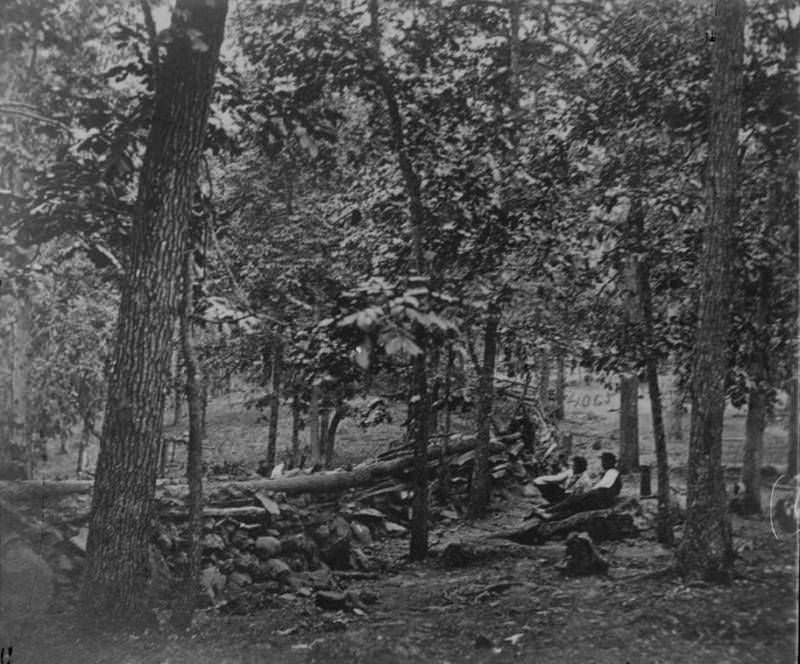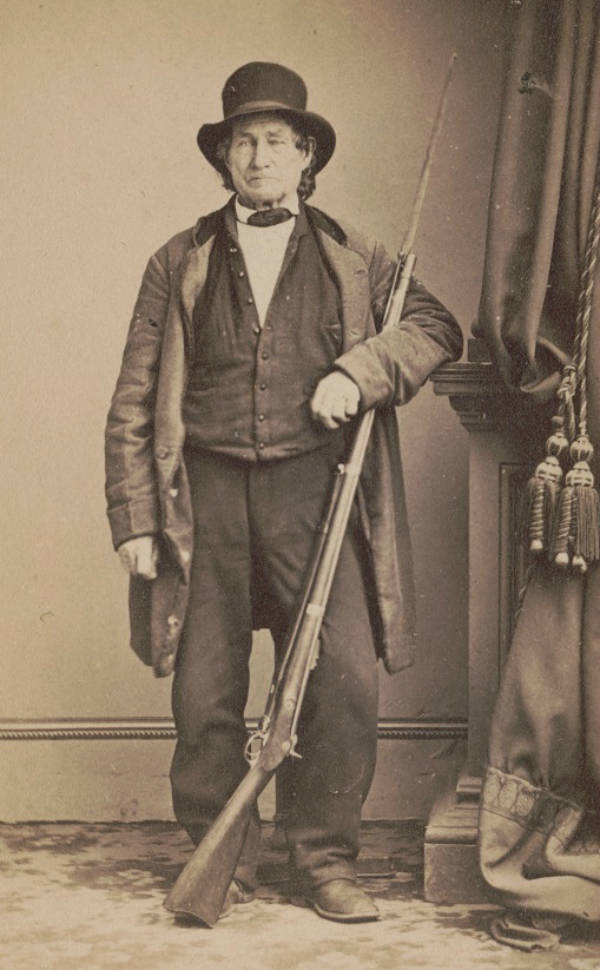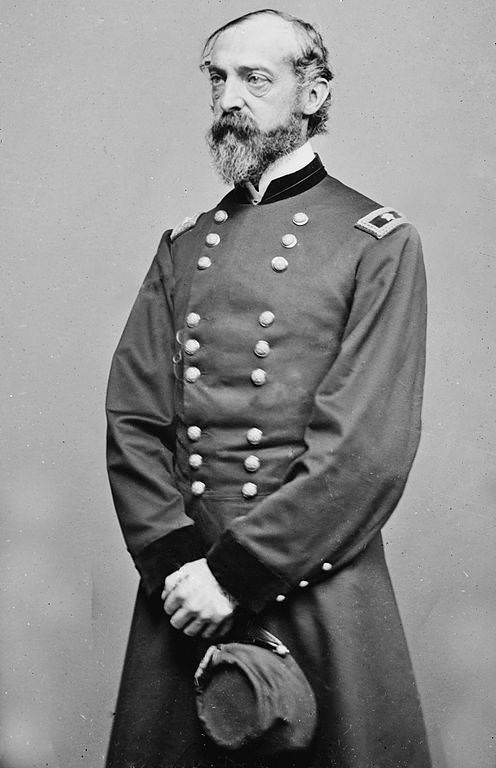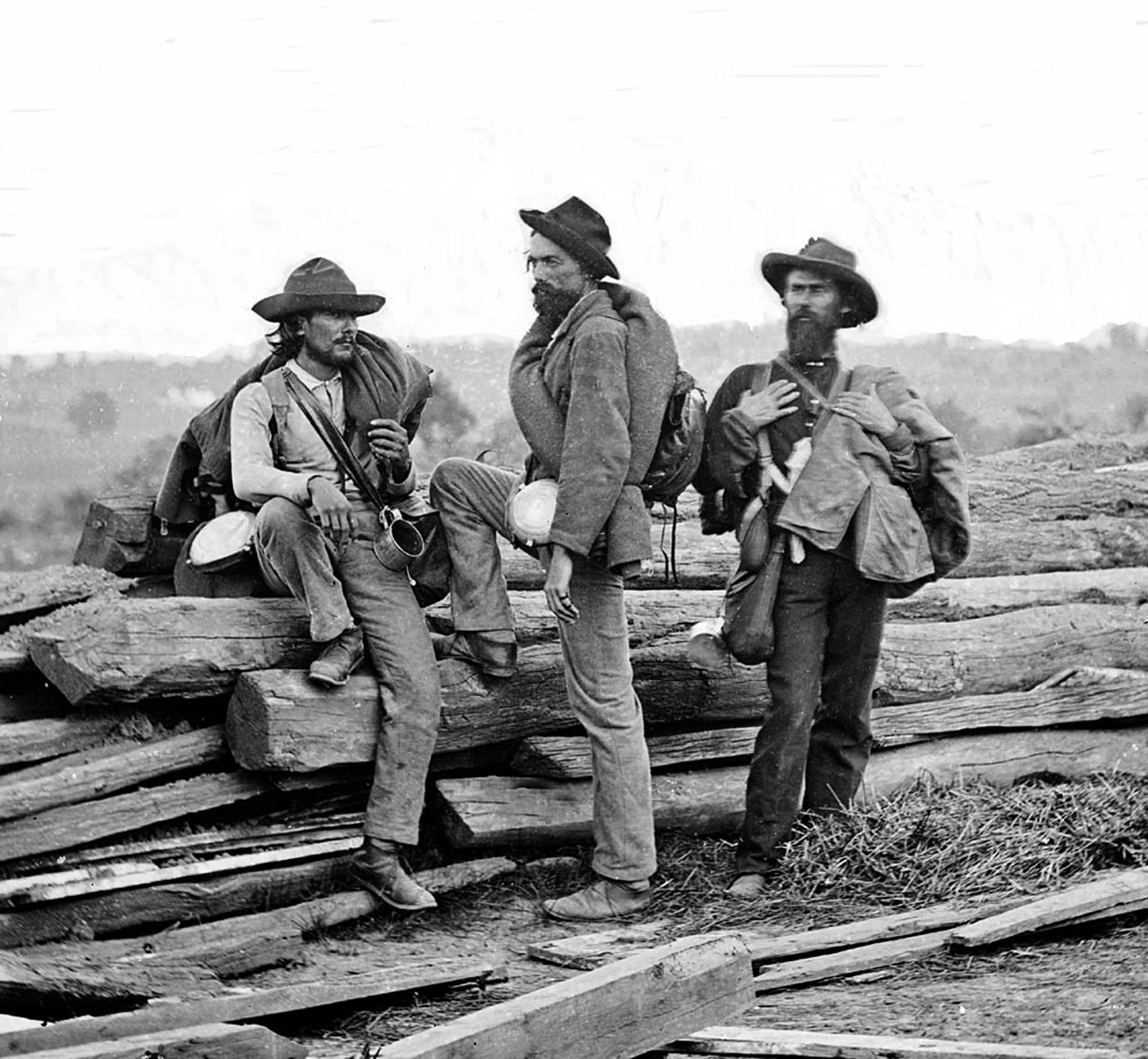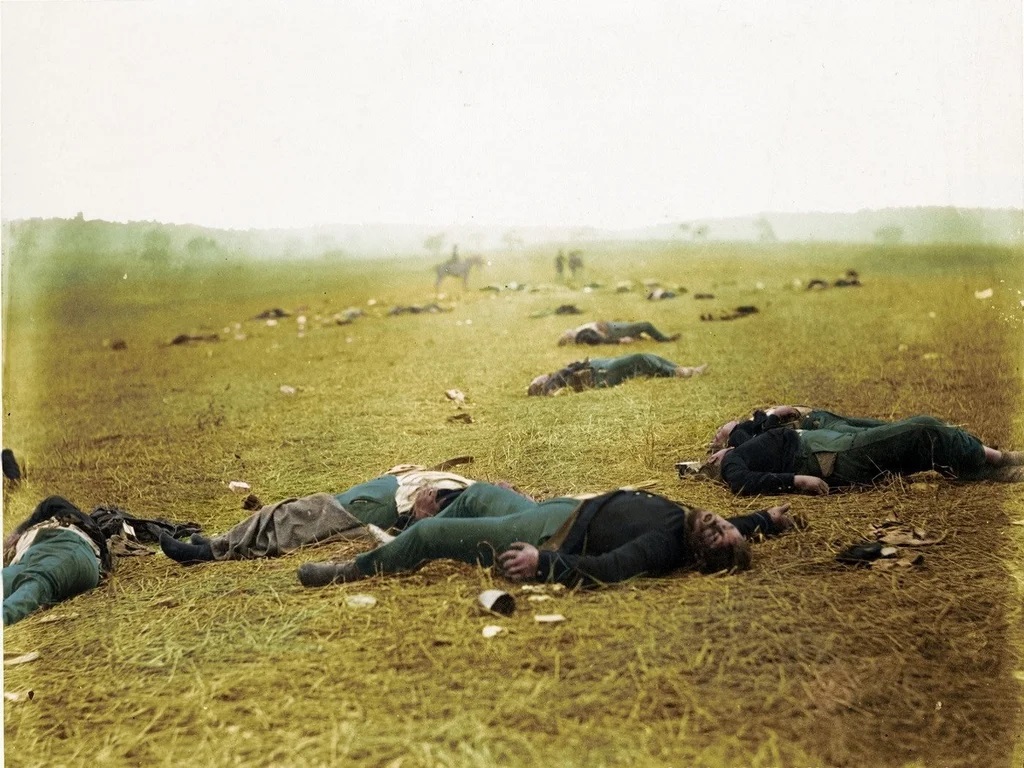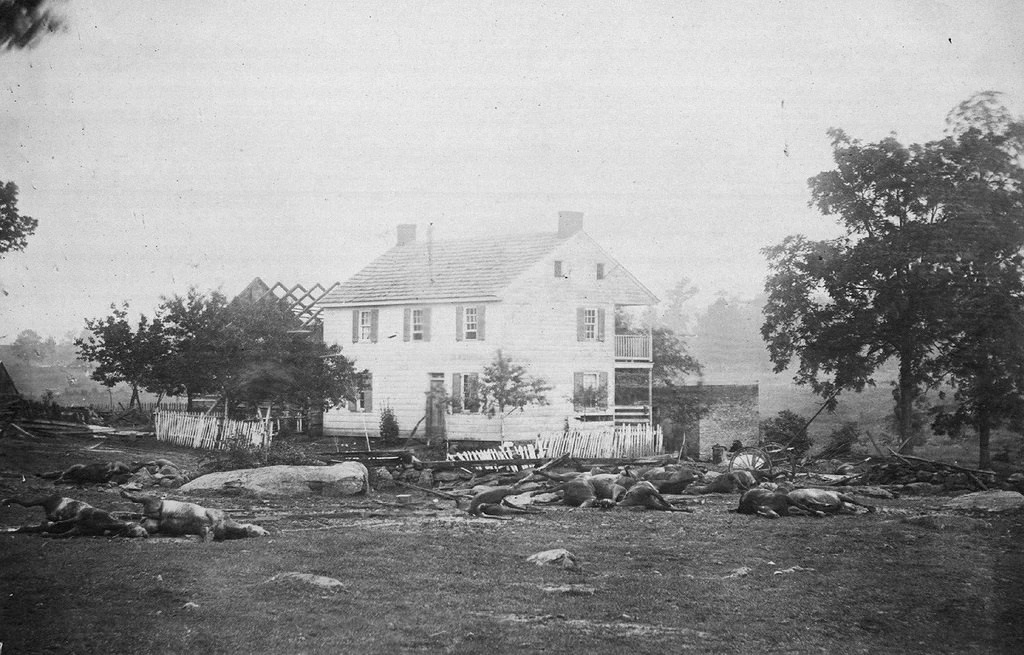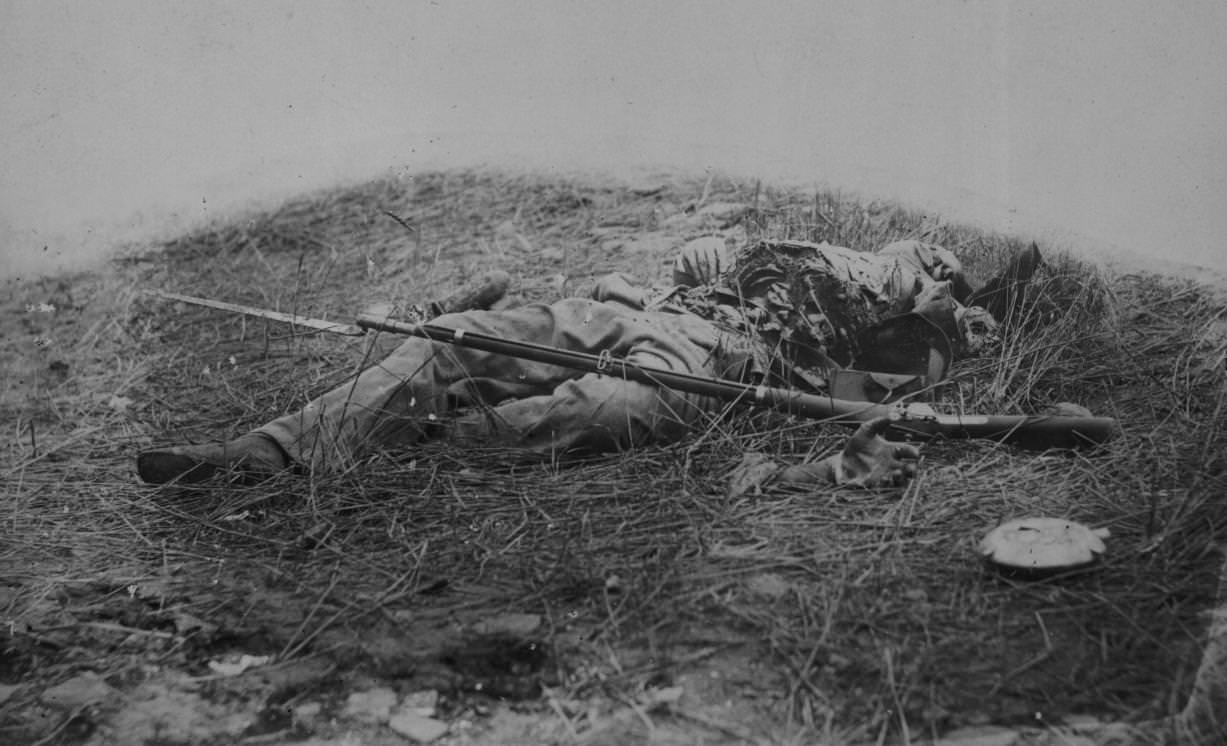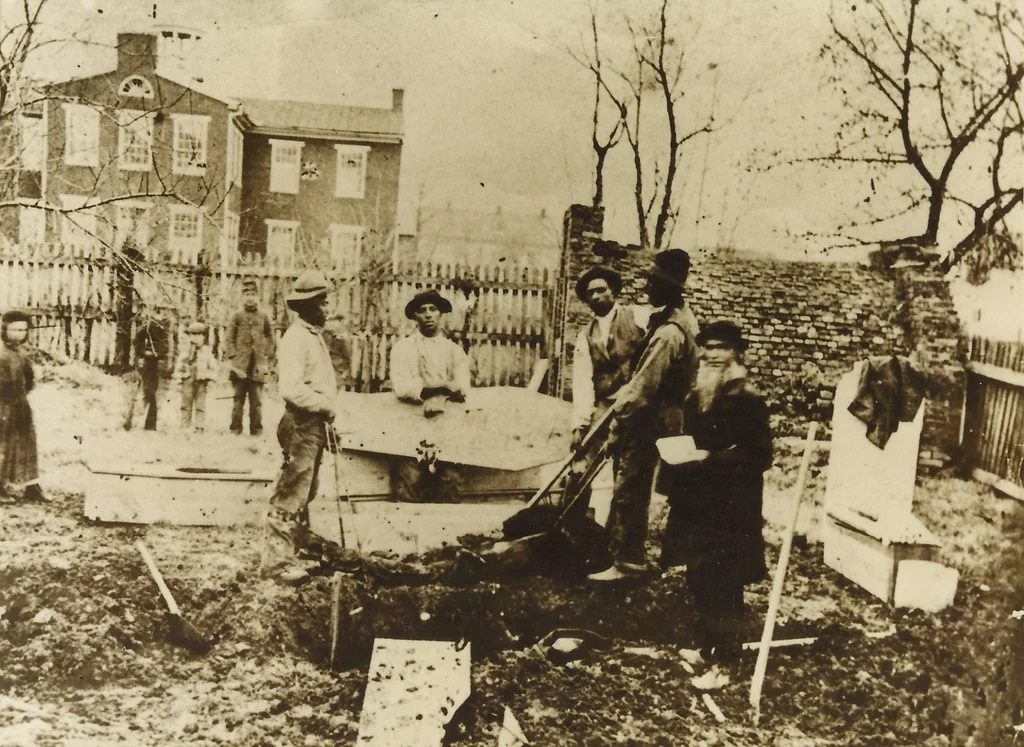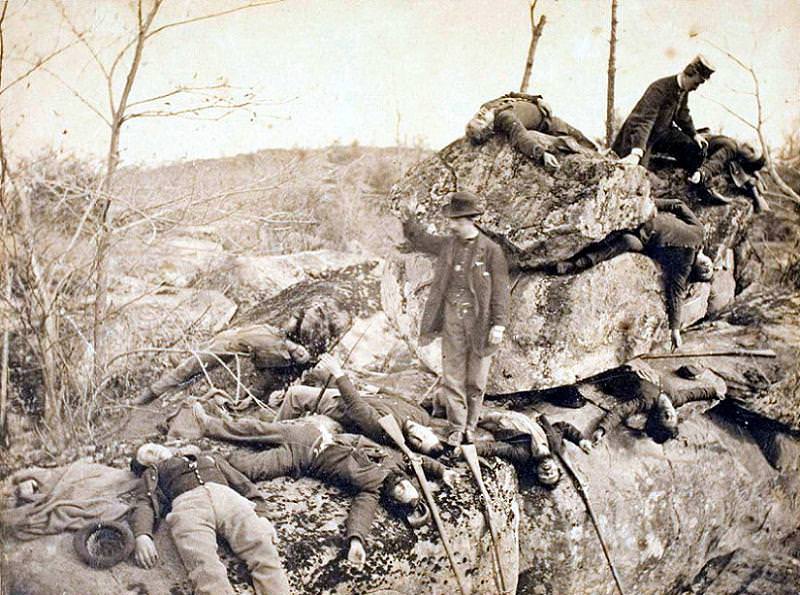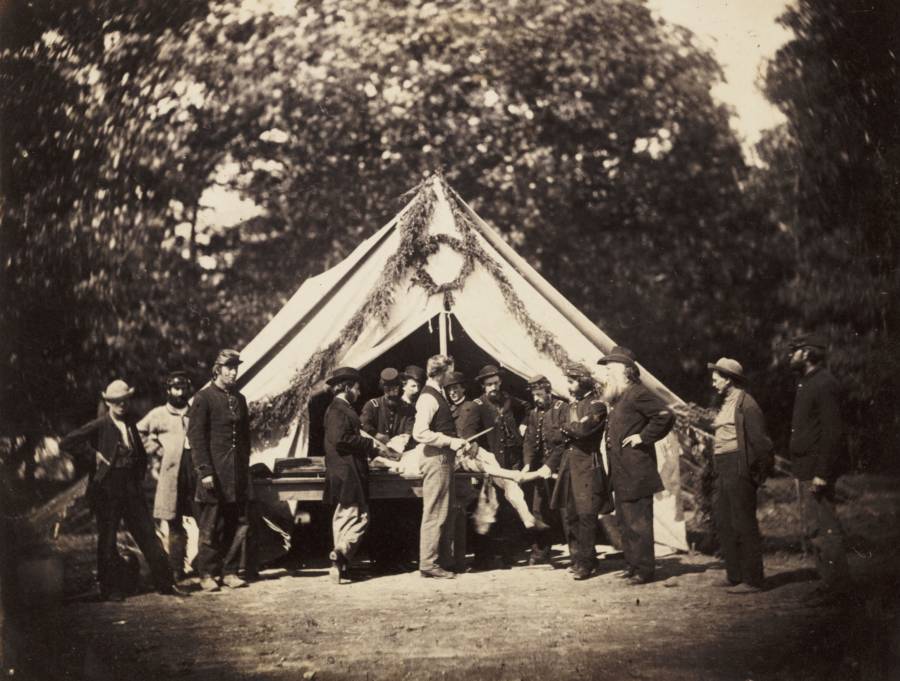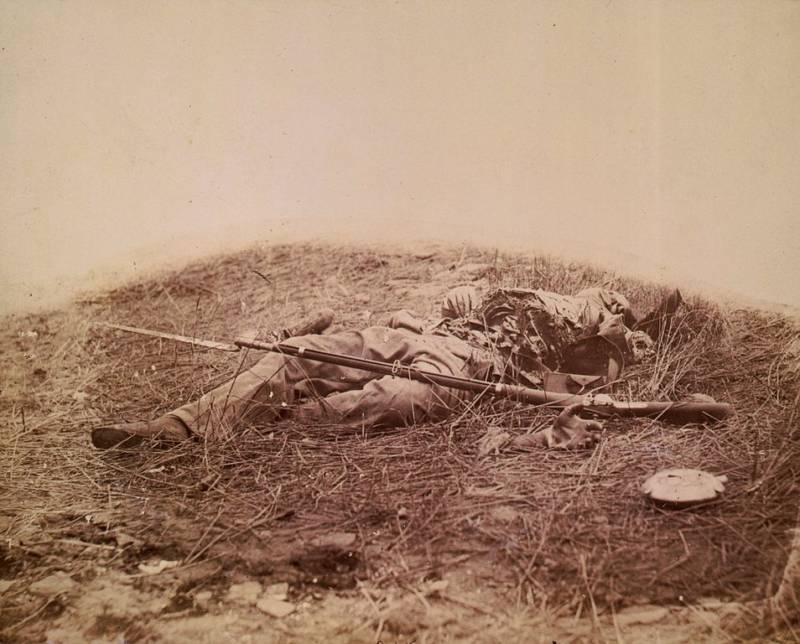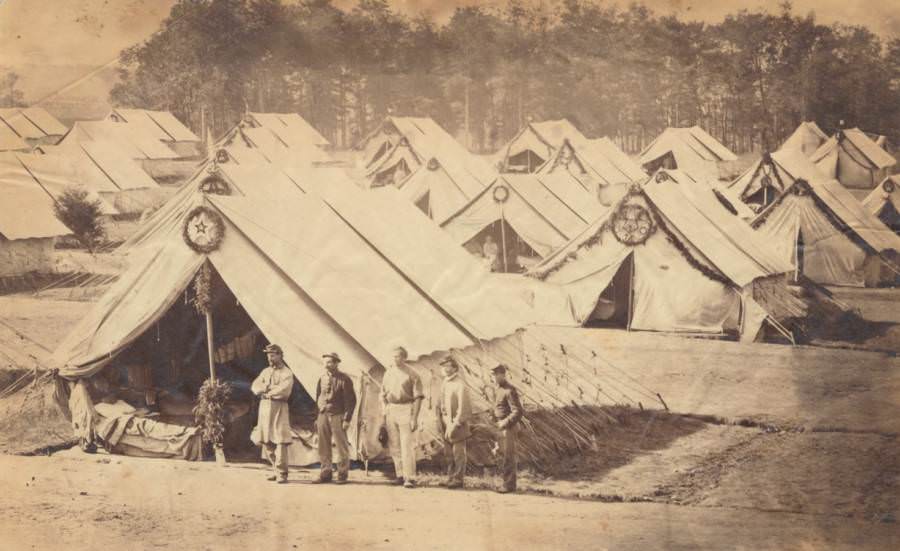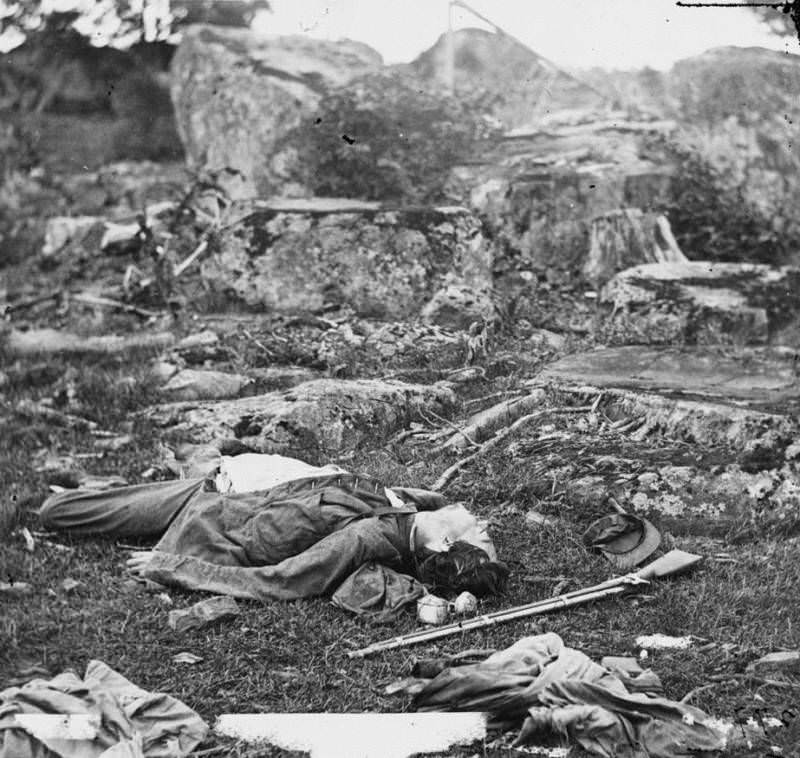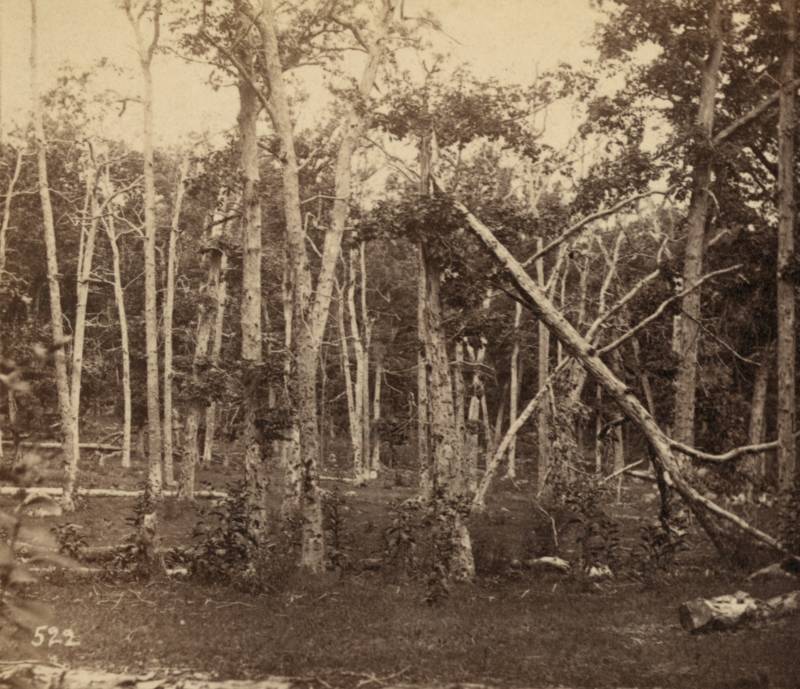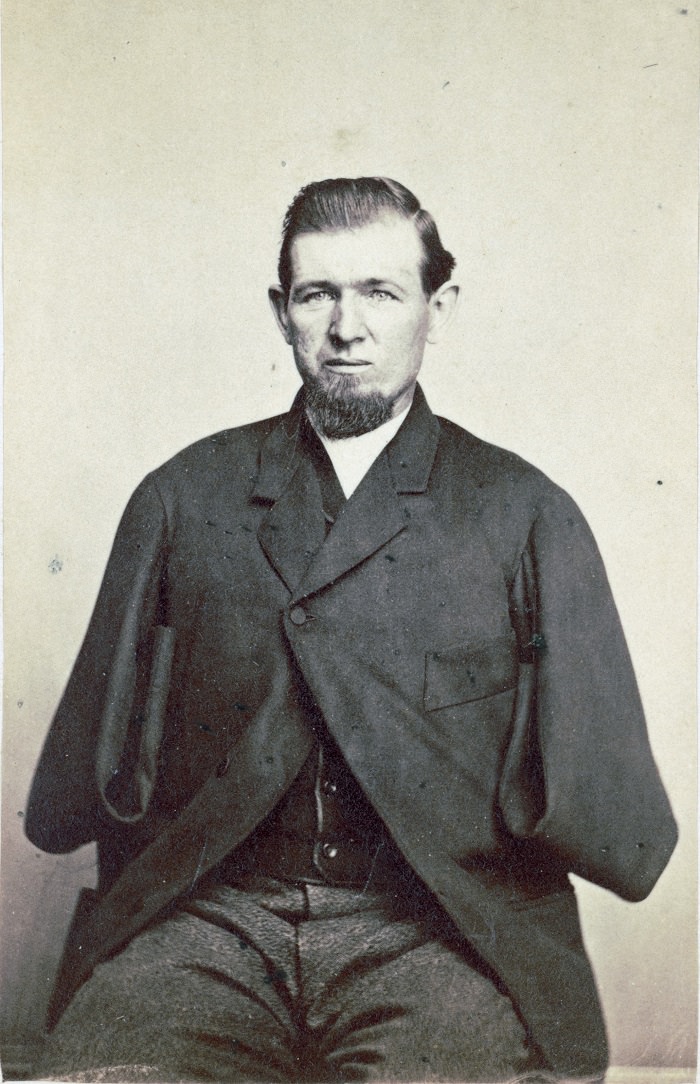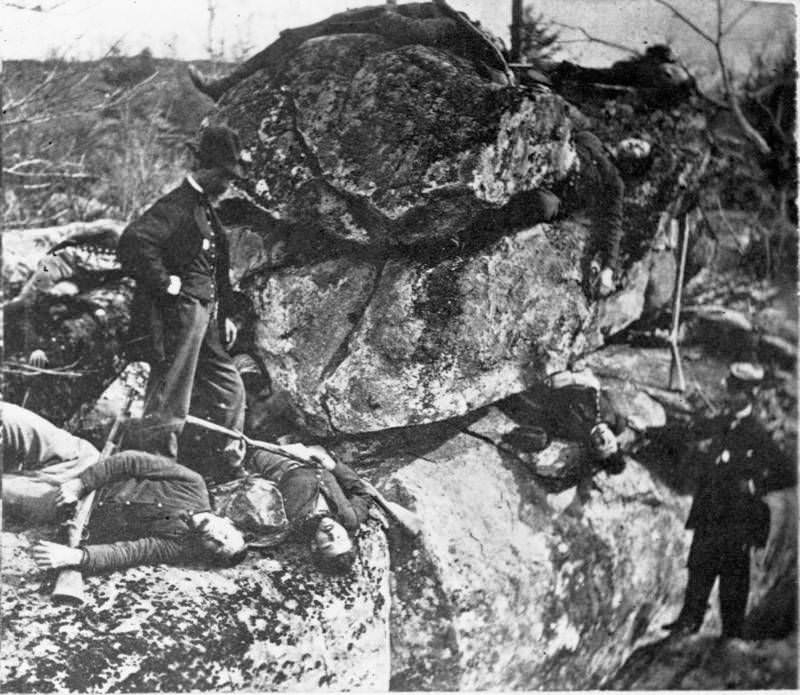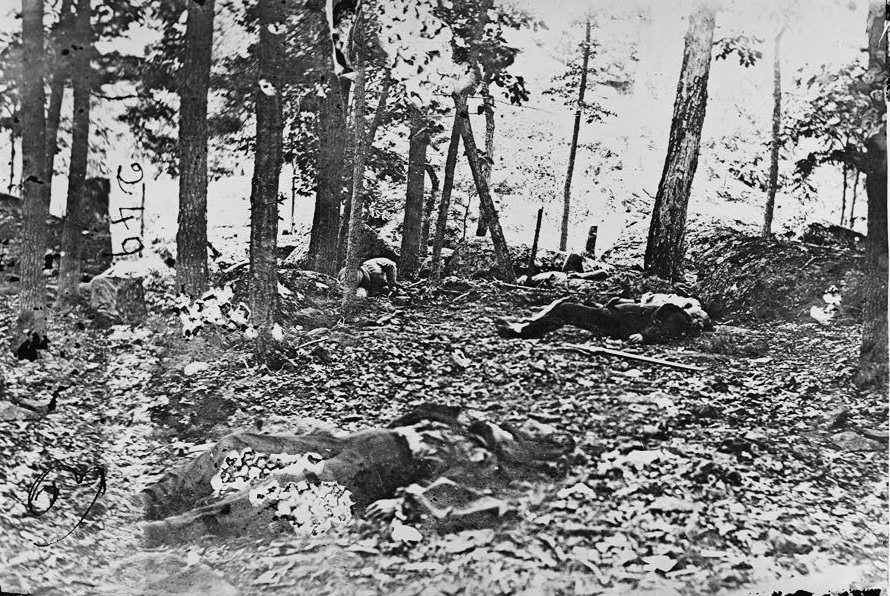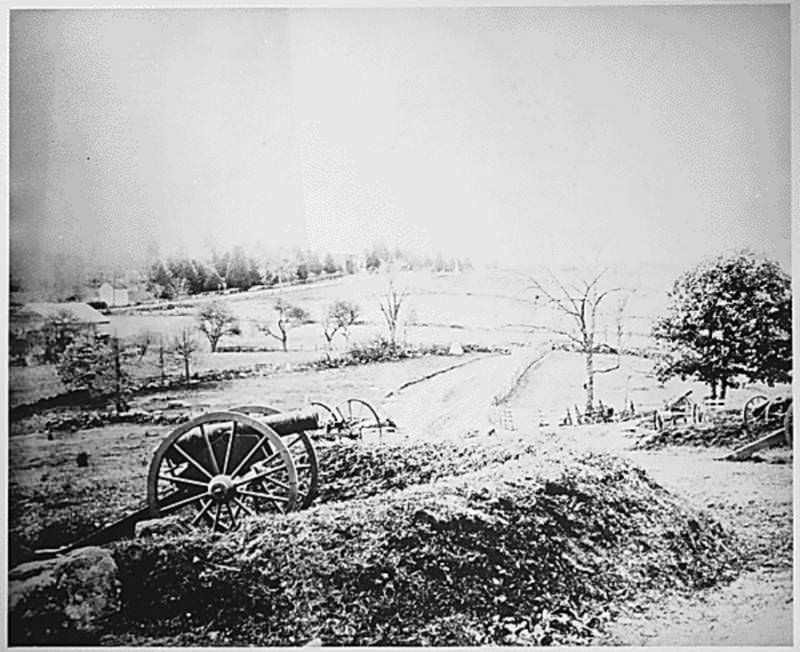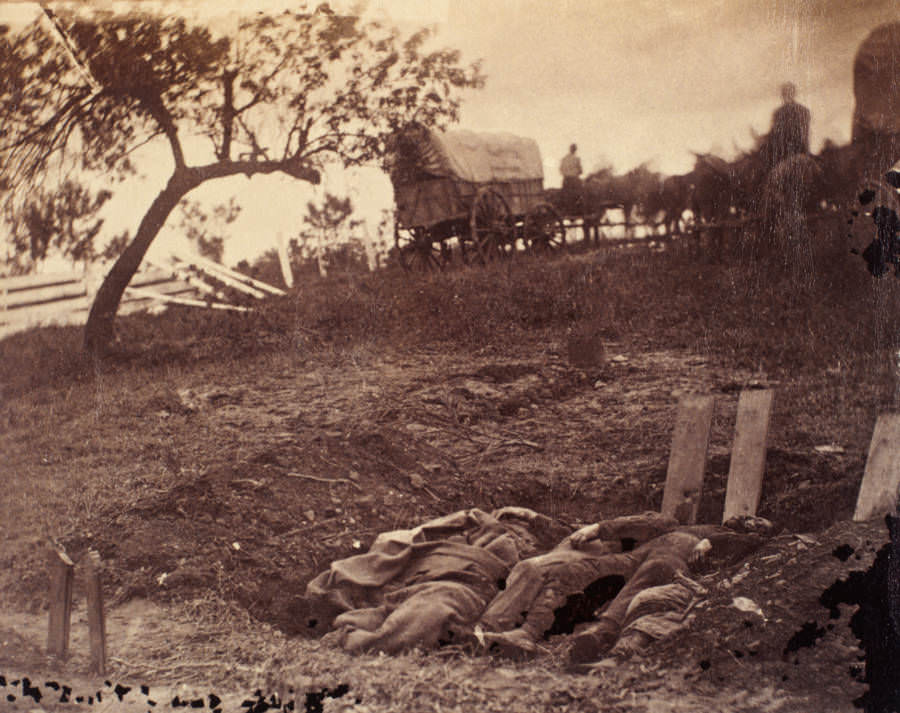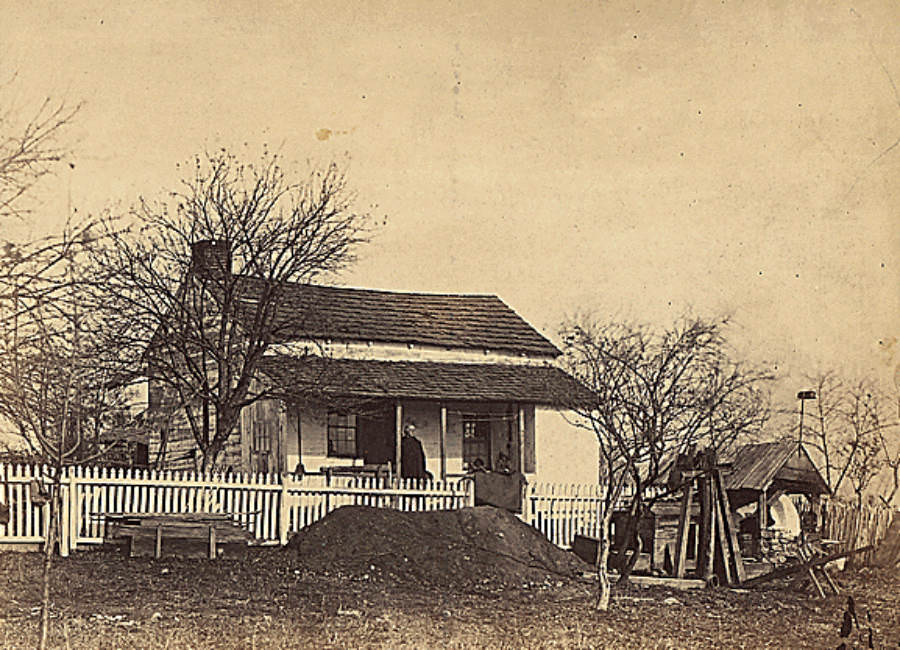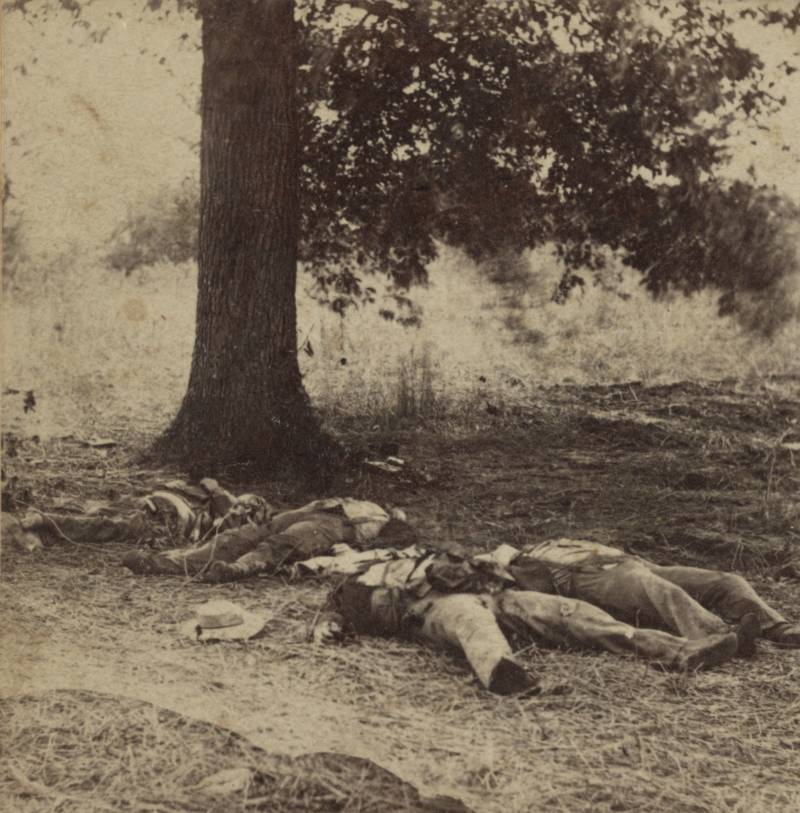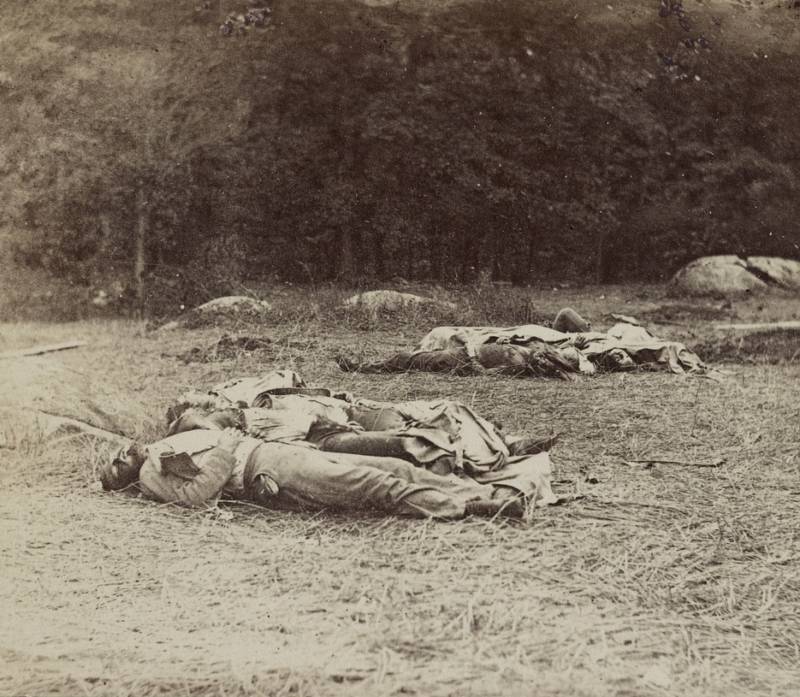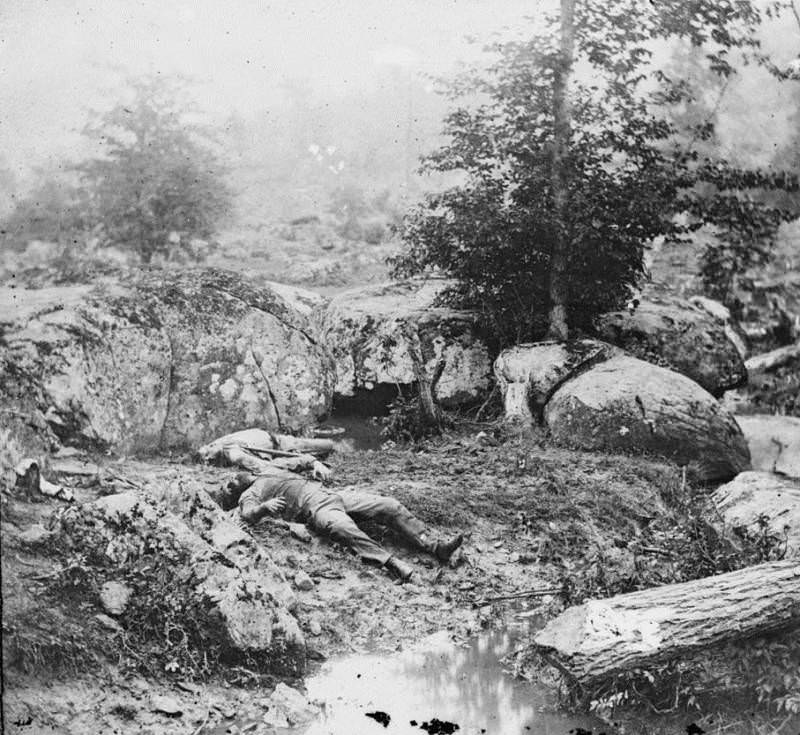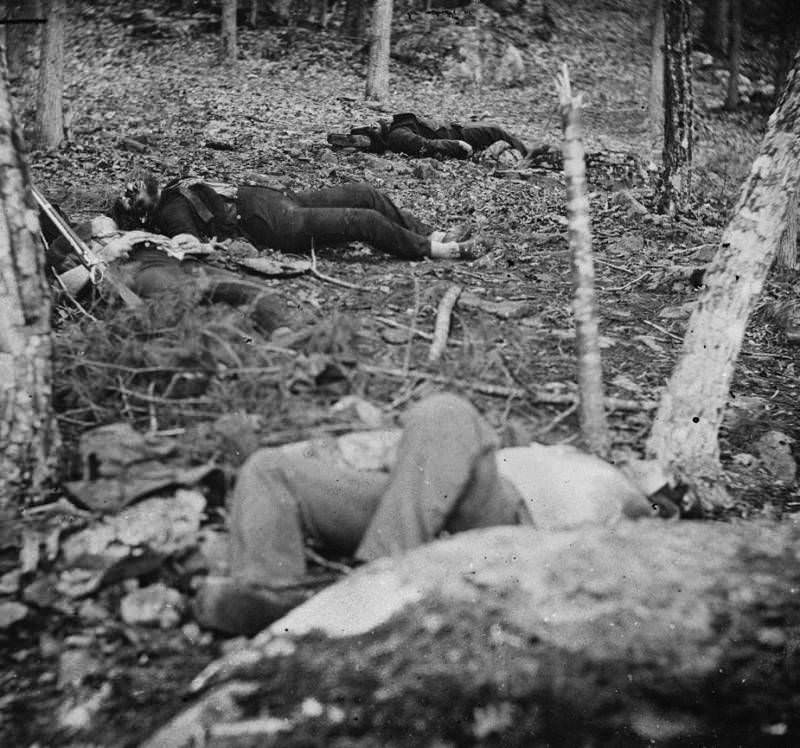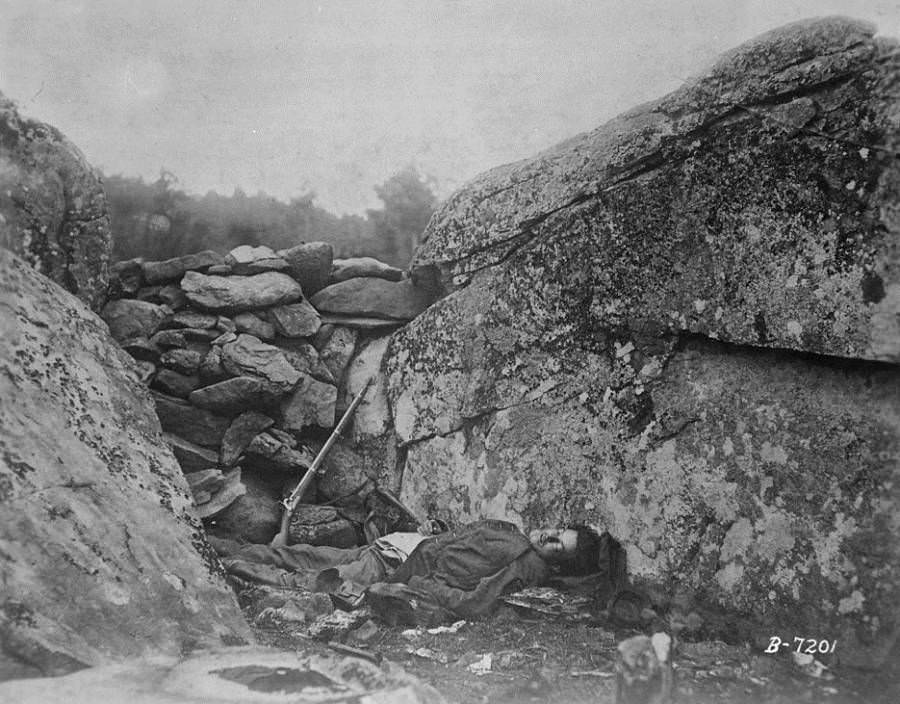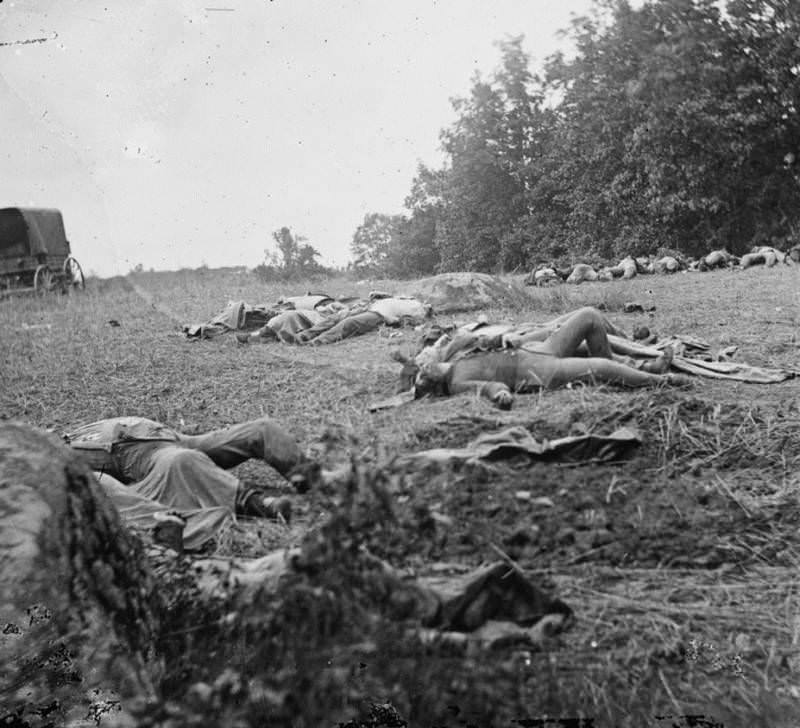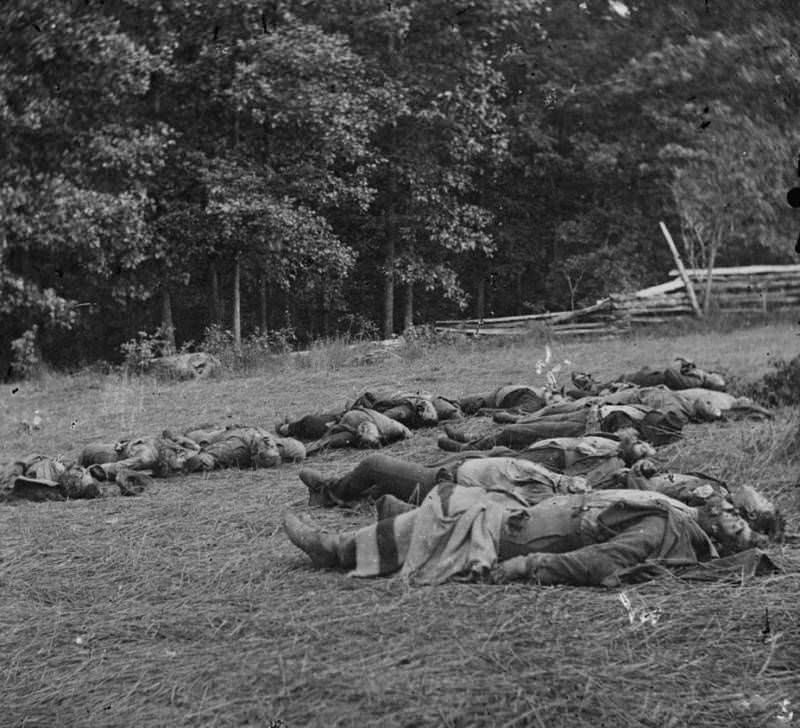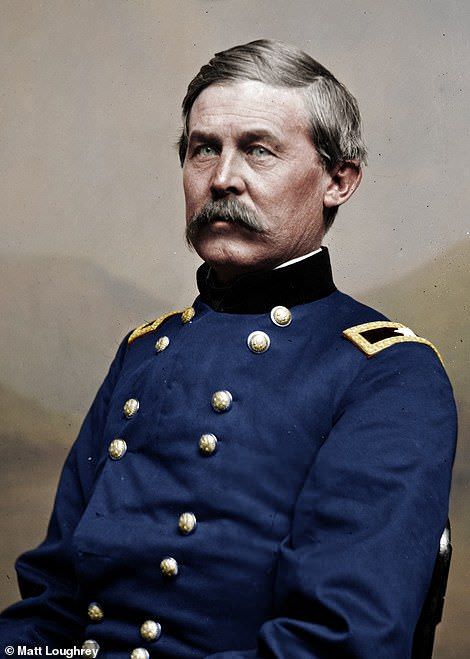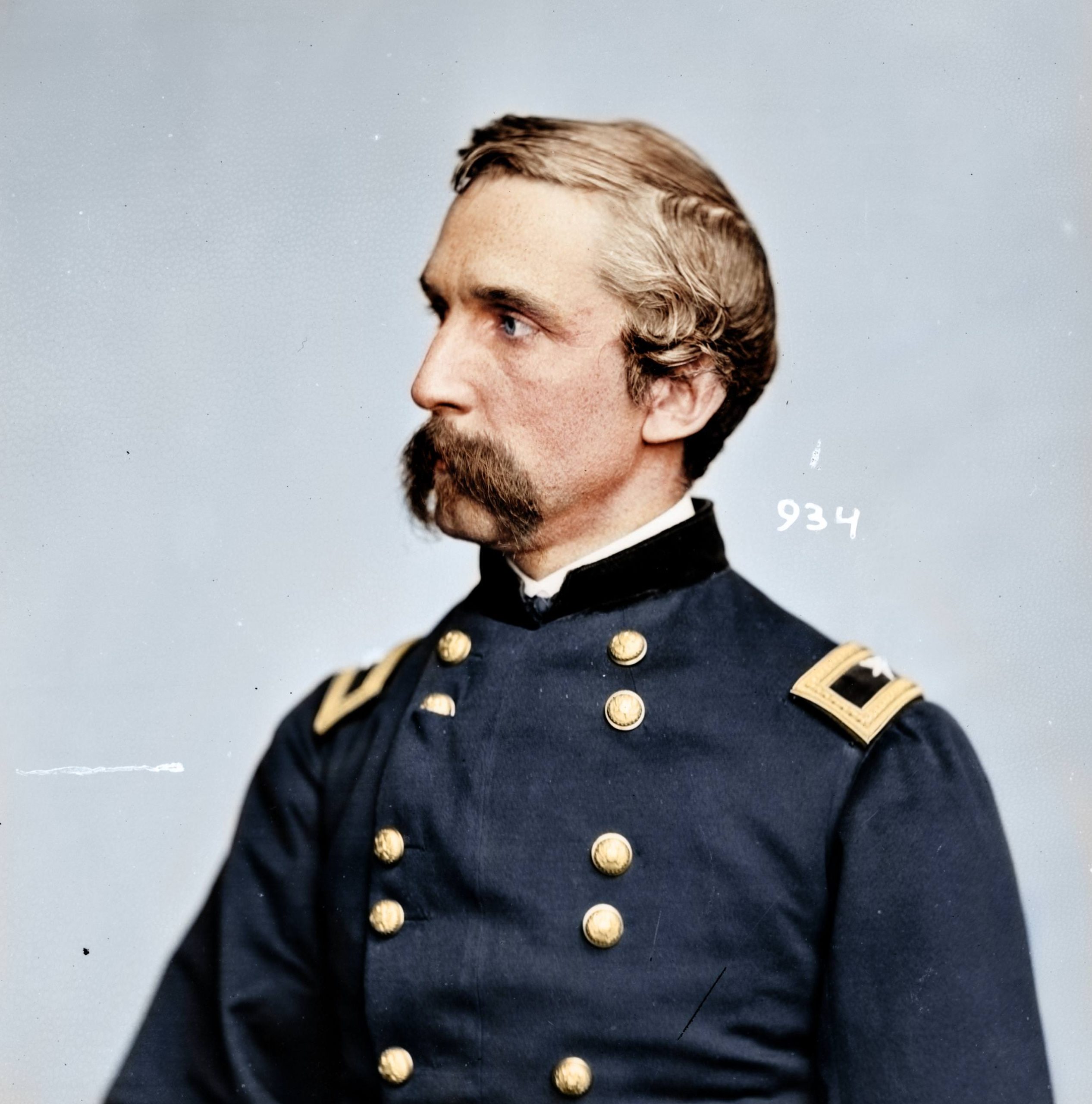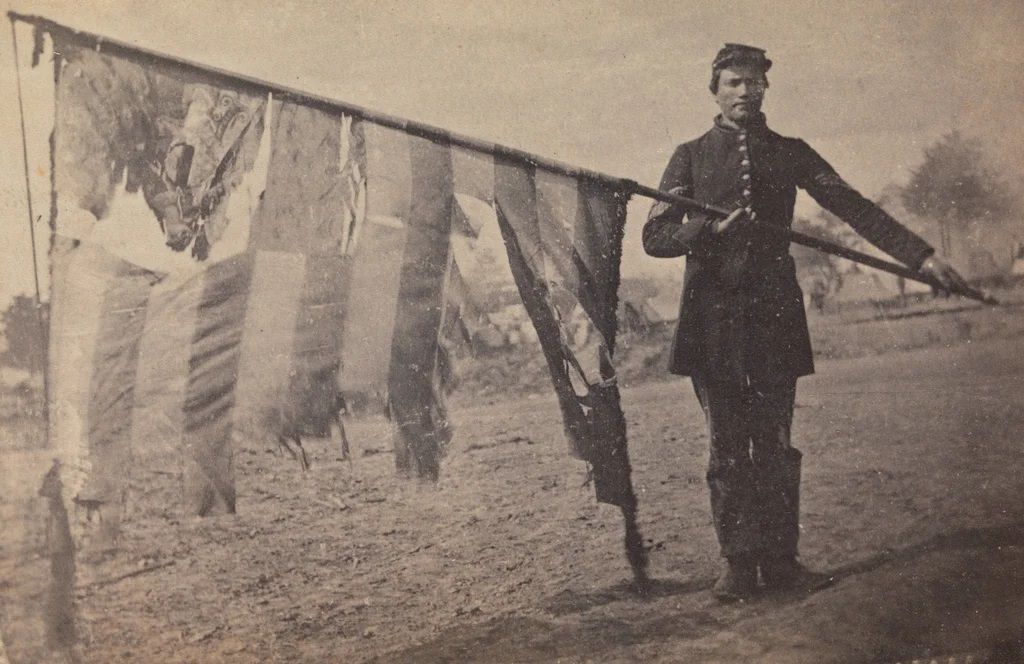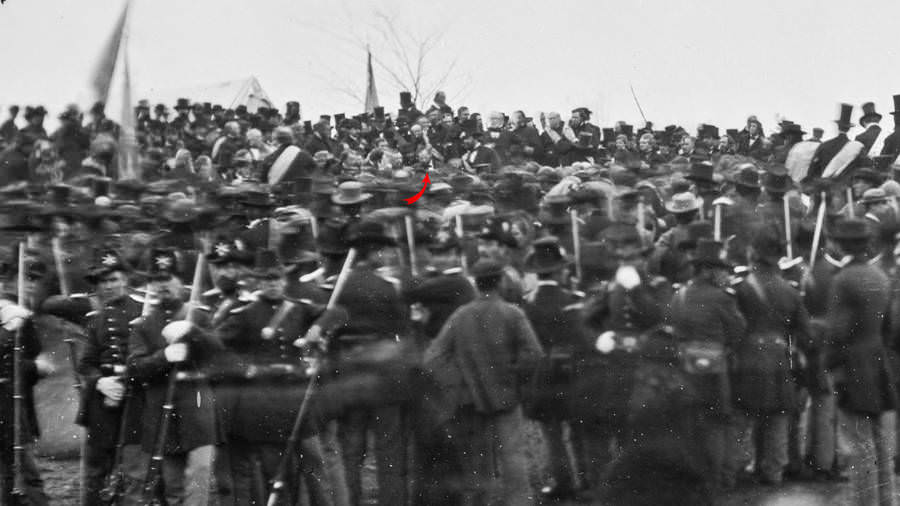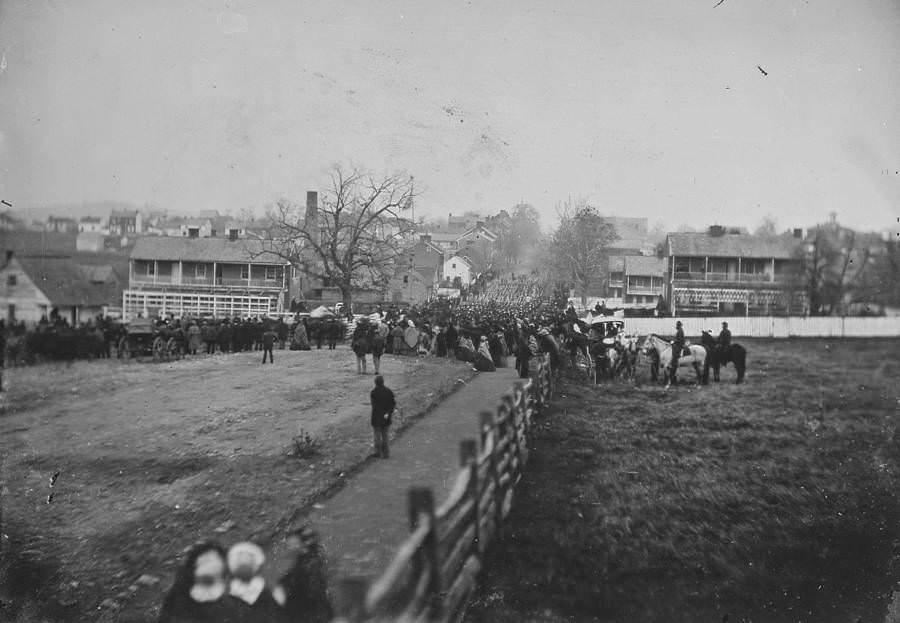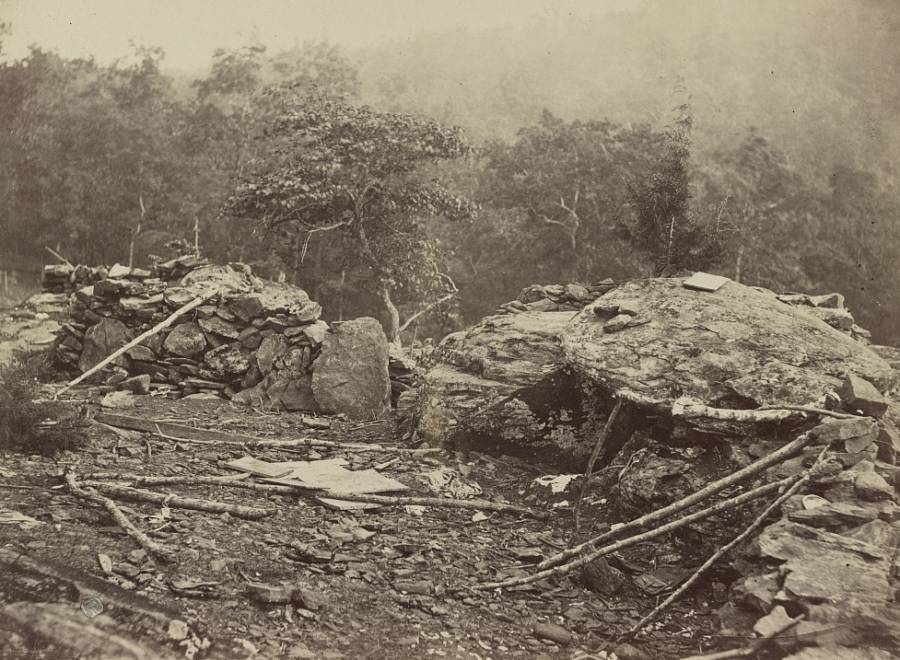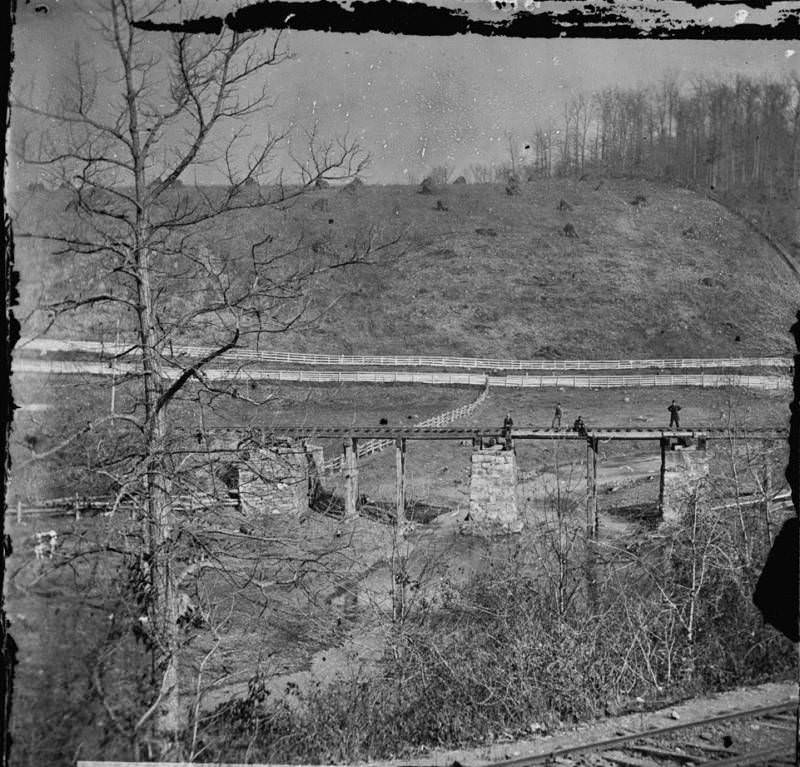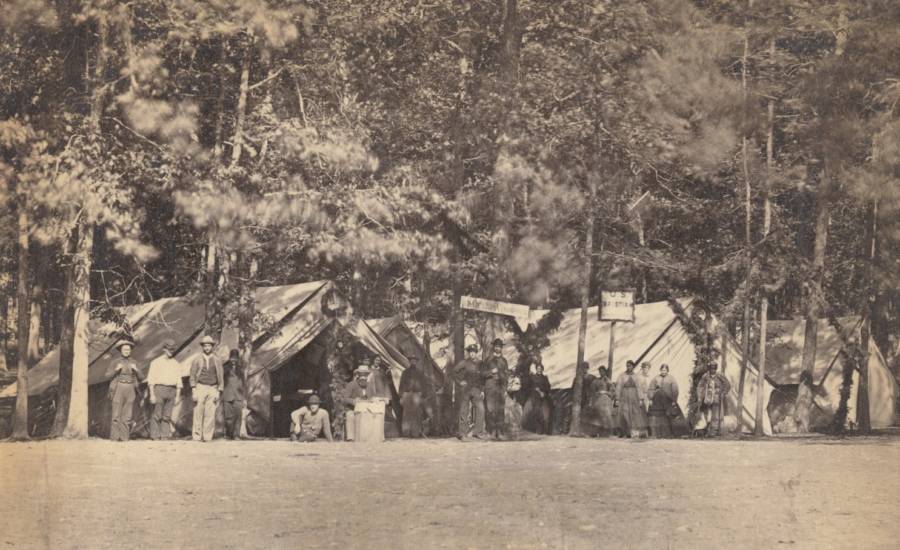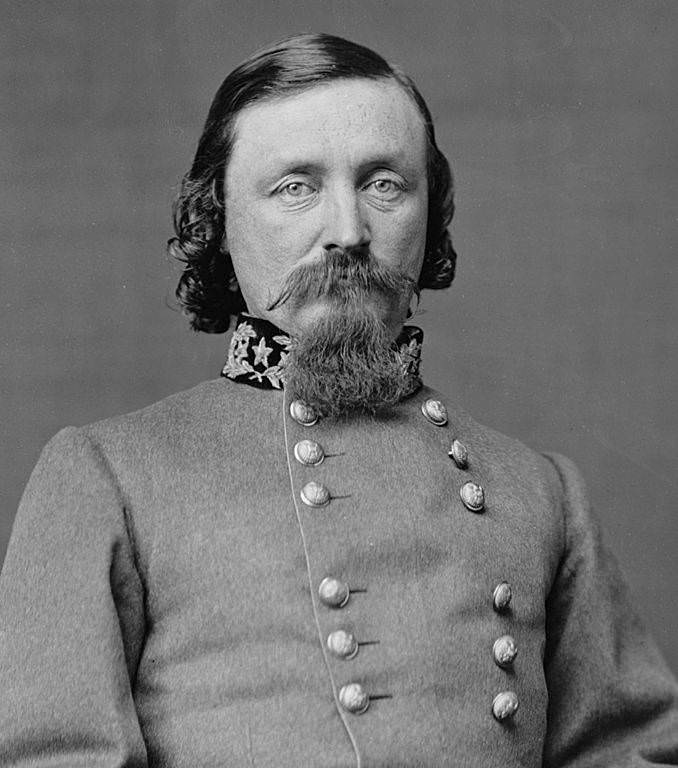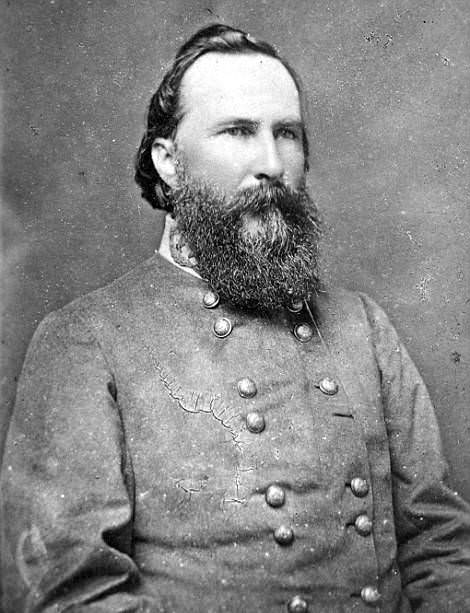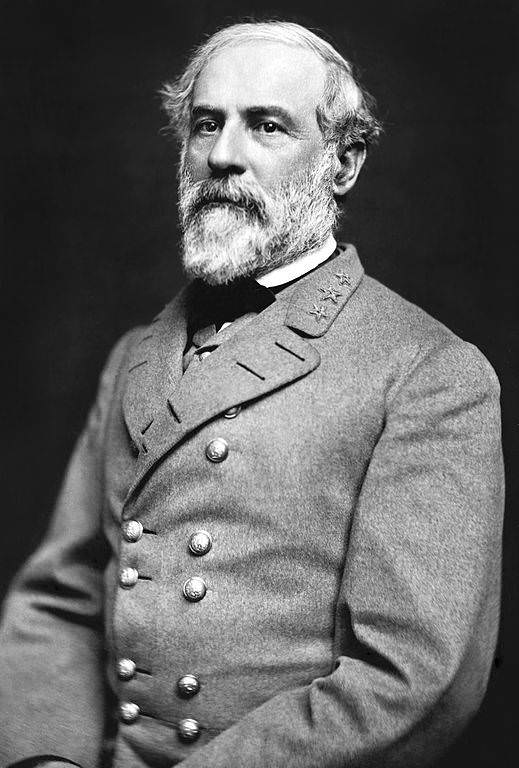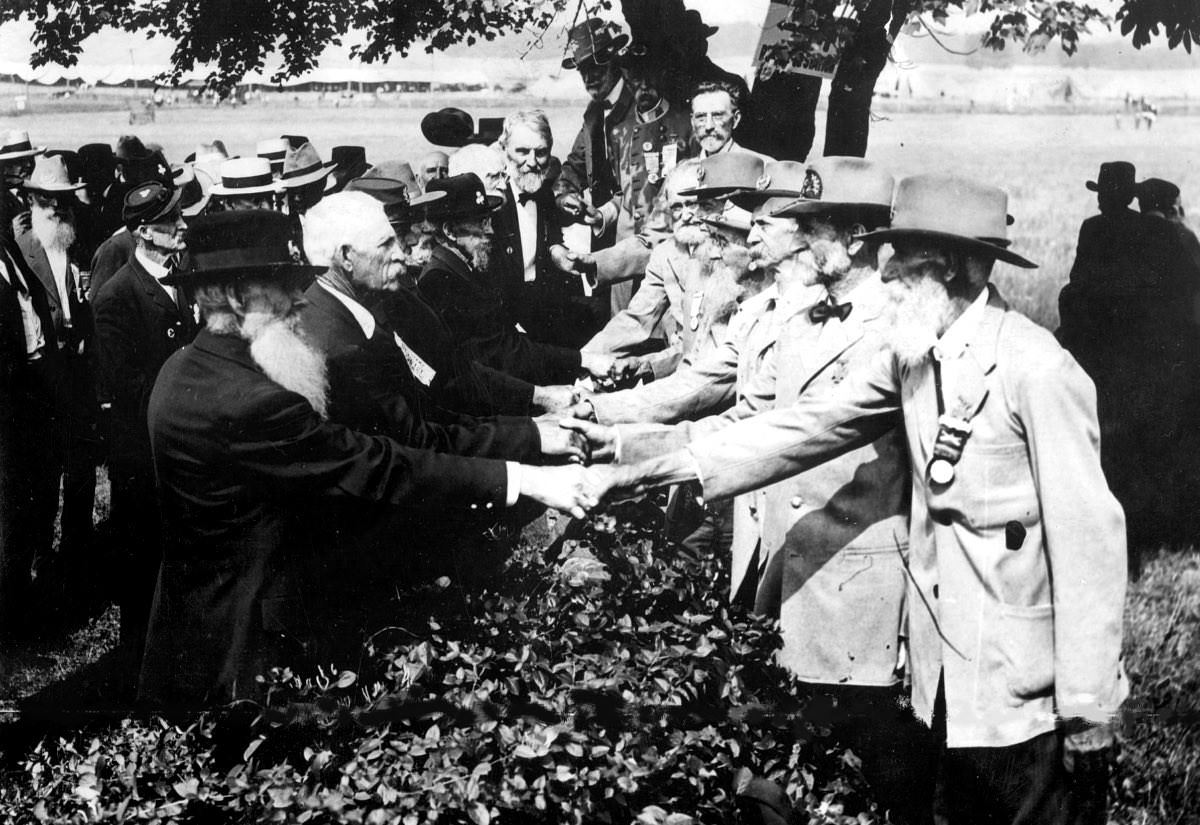The battle of Gettysburg was the turning point of the American Civil War. In 1863 Confederate Army Gen. Robert E. Lee decided to invade the North after a victory at Chancellorsville, to move the war out of Virginia into Pennsylvania and have his men take supplies from the bountiful farms of the North for a change. Lee sought to force the Lincoln administration into peace talks on his terms. Union Cavalry was in near the town of Gettysburg led by General George Meade.
Initially, Lee ordered his army to not engage with Unions until all the army was together, but circumstances abandoned such strategies, and the battle was started on July 1, 1863. Both sides had incomplete forces; however, Confederate forces outnumbered the Union troops on the first day. They were still reforming, and the confederate army led by Lee fought well and brought Union forces in a defensive position. As more and more troops from Union reinforcements began to arrive, the Union soldiers on the second day outnumbered the Confederates, and they established a strong position from Culp’s Hill to Cemetery Ridge. Union numbers had swelled to 94,000 against 72,000 of Confederate army. Lee rejected the advice of his second-in-command, James Longstreet and launched a furious attack against the Unions where they stood. The attack was delayed because Longstreet did not get his men into position until 4 P.M. Both sides suffered heavy losses but Union forces withstood. On the third and final day Lee made another bold move and sent an army of 12,500 men under the command of General Pickett to attack the Union defensive lines. The attack was failed, and Union army pushed back the confederates and gained a strong position. Pickett’s men were caught from all sides and lost two-thirds of its men. After the failed assault Lee and his army retreated back to the defensive line. Lee waited for a Union counterattack, but the Union General Meade decided against pursuing Lee’s army. This convinced Lee of the futility of effort and Lee withdrew his decimated army toward Virginia. The Union eventually won the Battle of Gettysburg. President Lincoln was disappointed by Meade’s decision and criticized for not pursuing the confederates after Gettysburg.
There were between 46,000 and 51,000 casualties. Union casualties numbered over 23,000, including 3,200 killed, 14,500 wounded, and 54,00 captured or missing. While the confederates suffered over 28,000 losses, including 4,700 killed, 12,700 wounded, and 5,900 captured or missing.
Here below are some horrible photos that document the bloodiest battle of the Civil War.


